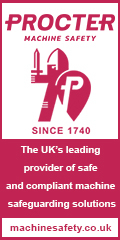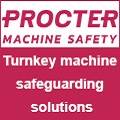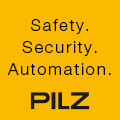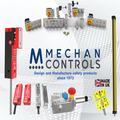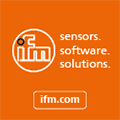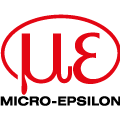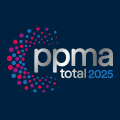
Posted to News on 9th Aug 2022, 15:15
What changes does the new machinery regulation bring?
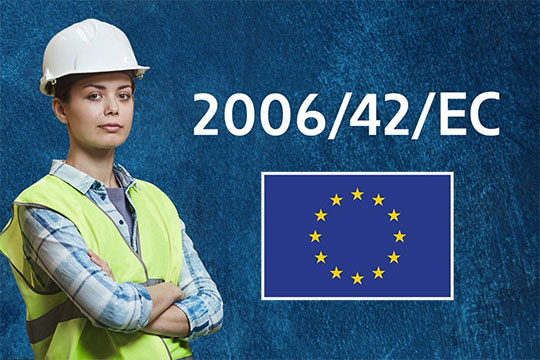
As the machinery regulation replaces machinery directive 2006/42/EC, Dirk Meyer, specialist engineer solution architect at Eaton, looks at what is changing.
On 21/04/2021, the EU Commission issued a proposal to revise the current machinery directive 2006/42/EC. The proposal was issued because the directive does not reflect the current state of technology in some areas, particularly relating to digitalisation. The draft also intends to bring the machinery directive in line with the New Legislative Framework (NLF 768/2008/EC) and become a regulation.
Looking at how the legislation works in Europe, the EU Commission issues directives that are then approved by the EU Council. Committees such as the CEN or CENELEC draw up EU standards for 34 European member states. Each member state has an appropriate committee set up to deal with aspects such as health, safety and social issues at work. Adopted EU directives such as machinery directive 2006/42/EC or EMC directive 2014/30/EU are transposed into national law by governments. Law enforcement authorities draw up supporting documentation and then enforce these laws.
The current machinery directive was revised in 2006 and came into force on 29 December 2009. The directive is based on the first version introduced in 1989 and regulates machines that are put into circulation within the European Economic Area, Switzerland and Liechtenstein, as well as in Turkey, Norway and Iceland. The aim of the directive is to ensure that only products which meet the same basic safety standards are placed on the market within the European single market. The directive contains 29 articles in the main body and 11 annexes. The European Commission also provides guidelines on how to apply the machinery directive. EU member states are obliged to implement the directive through national laws and regulations.
The revision of the current machinery directive 2006/42/EC, published on 21/04/2021, is intended to bring the directive in line with the EU machinery regulation and the New Legislative Framework (NLF). EU institutions use the NLF to define basic health and safety requirements for products through directives and regulations. The technical content of these requirements is developed through the harmonization of standards throughout Europe.
The most important changes to the machinery regulation include:
- Annex I lists high-risk machines.
- Machinery referred to in Annex I will be subject to special conformity evaluation procedures.
- It includes a new artificial intelligence (AI) regulation that addresses the security risks of AI systems and seeks to ensure the safe integration of these systems into the machine. It includes a new artificial intelligence (AI) regulation that addresses the security risks of AI systems and seeks to ensure the safe integration of these systems into the machine.
- Digital documentation is now permitted. Digital documentation is now permitted. Anyone who purchases a machine can request a printed version of the operating instructions free of charge.
- Two new terms are defined: ‘substantial modification’ and ‘artificial intelligence system’.
The member states and European Parliament still need to approve the proposal issued by the EU Commission. As a result, it is expected that the next version of the machinery directive or the new machinery regulation will be published in the next one to three years. After publication, the regulation then becomes a national law in the member states. Considering the relevant transition periods, it is likely that the previous machinery directive 2006/42/EC will still apply until around 2025.
Want the latest machine building news straight to your inbox? Become a MachineBuilding member for free today >>



